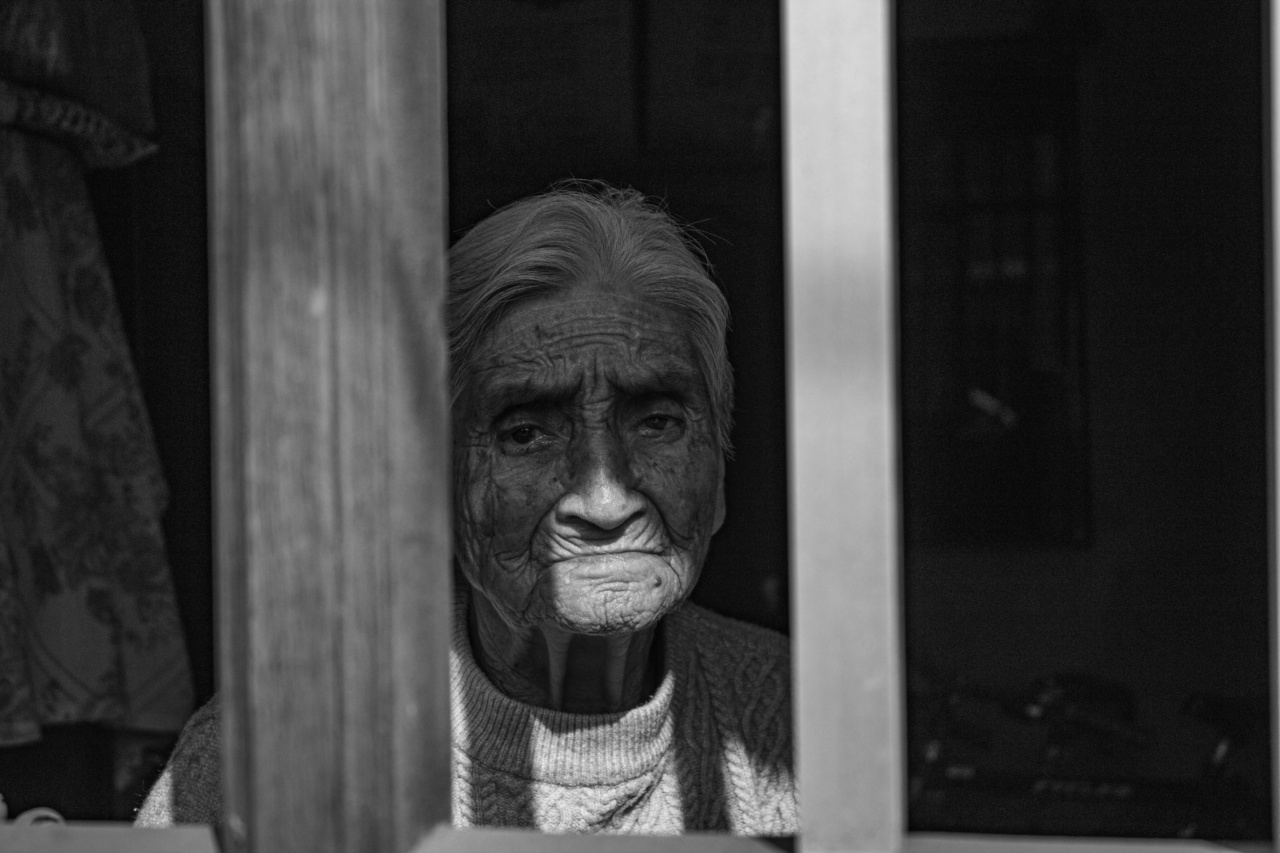Chronic pain is a complex and debilitating condition that not only affects physical well-being but also has significant social and psychological impacts.
It is estimated that around 20% of the global population experiences chronic pain, and the prevalence is higher among women compared to men. This article aims to explore the link between women and chronic pain, shedding light on the various factors that contribute to this disparity.
Biological Factors
One of the key reasons behind the higher prevalence of chronic pain in women is biological differences. Hormonal fluctuations, such as those experienced during the menstrual cycle, pregnancy, and menopause, can affect pain perception and tolerance.
Research has shown that estrogen, a primary female hormone, can enhance pain sensitivity, making women more susceptible to chronic pain conditions.
Gender Bias in Healthcare
Another significant factor contributing to the link between women and chronic pain is the presence of gender bias in healthcare.
Research has consistently shown that women’s pain is less likely to be taken seriously or adequately addressed compared to men. Women often face dismissive attitudes, misdiagnosis, and under-treatment, leading to prolonged suffering and inadequate pain management.
Sociocultural Factors
Sociocultural factors also play a role in the higher prevalence of chronic pain among women. Women tend to have multiple responsibilities, including family caregiving, which can exacerbate pain conditions.
Additionally, societal expectations and gender norms may discourage women from seeking help or expressing their pain, resulting in underreporting and delayed treatment.
Psychological Factors
Psychological factors, such as stress, anxiety, and depression, have been found to be closely associated with chronic pain.
Women are more likely to experience these psychological conditions, which can act as both risk factors and consequences of chronic pain. The interplay between psychological well-being and chronic pain creates a complex cycle, often making it harder for women to manage their pain effectively.
Specific Chronic Pain Conditions in Women
Certain chronic pain conditions have a higher prevalence in women. These include conditions such as fibromyalgia, endometriosis, and migraines.
The exact reasons behind the gender disparities in these conditions are not fully understood, but hormonal and genetic factors are believed to play a role.
Treatment Challenges for Women
Women with chronic pain often face numerous challenges when it comes to accessing appropriate treatment. Due to the underrepresentation of women in clinical trials, treatment efficacy and safety may be less understood in female populations.
Additionally, women’s pain is often trivialized or attributed to psychological factors, leading to delayed or inadequate treatment options.
Impact on Quality of Life
The link between women and chronic pain significantly impacts their overall quality of life. Women with chronic pain often experience limitations in daily activities, reduced mobility, and interference with work or personal relationships.
The constant pain can lead to feelings of isolation, frustration, and a decreased sense of self-worth.
Addressing the Disparity
Closing the gap in chronic pain treatment and management among women requires a multidimensional approach. Firstly, healthcare providers need to be trained to recognize and address gender bias in pain management.
Increasing awareness and education about chronic pain in women will also help empower individuals to seek help and advocate for their needs.
Empowering Women in Pain Management
Providing women with the tools and resources to effectively manage their pain is crucial. This includes access to a variety of treatment options, from traditional pharmaceutical approaches to complementary therapies.
Support groups and patient-centered care models can also play a significant role in empowering women and providing a safe space to share experiences and coping strategies.
Conclusion
The link between women and chronic pain is a complex issue influenced by biological, sociocultural, and psychological factors.
It is essential to address the gender disparities in chronic pain treatment and management to improve the overall well-being and quality of life for women. By understanding the unique challenges faced by women with chronic pain, healthcare professionals and society as a whole can work together to ensure better outcomes and support for those experiencing this debilitating condition.





























